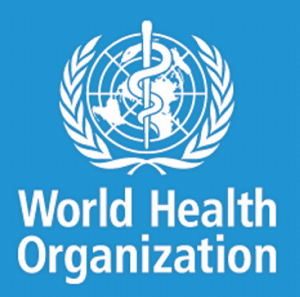Approximately 50 million people worldwide have epilepsy – WHO
 Approximately 50 million people currently live with epilepsy worldwide, making it one of the most common neurological diseases globally, the World Health Organisation (WHO) has said.
Approximately 50 million people currently live with epilepsy worldwide, making it one of the most common neurological diseases globally, the World Health Organisation (WHO) has said.
The estimated proportion of the general population with active epilepsy (i.e. continuing seizures or with the need for treatment) at a given time is between four and 10 per 1000 people. However, some studies in low- and middle-income countries suggest that the proportion is much higher, between seven and 14 per 1000 people, it indicated.
Globally, an estimated 2.4 million people are diagnosed with epilepsy each year. In high-income countries, annual new cases are between 30 and 50 per 100 000 people in the general population. In low- and middle-income countries, this figure can be up to two times higher, it noted.
This is likely due to the increased risk of endemic conditions such as malaria, neurocysticercosis; the higher incidence of road traffic injuries; birth-related injuries; and variations in medical infrastructure, availability of preventative health programmes and accessible care. Close to 80 per cent of people with epilepsy live in low- and middle-income countries, it said.
Epilepsy, the WHO pointed out, is not contagious and the most common type of epilepsy, which affects six out of 10 people with the disorder, is called idiopathic epilepsy and has no identifiable cause.
Characteristics of seizures vary and depend on where in the brain the disturbance first starts, and how far it spreads. Temporary symptoms occur, such as loss of awareness or consciousness, and disturbances of movement, sensation (including vision, hearing and taste), mood, or other cognitive functions, it explained
It further states that epilepsy can be treated easily and affordably with inexpensive daily medication that costs as little as $5 per year. Recent studies in both low- and middle-income countries have shown that up to 70 per cent of children and adults with epilepsy can be successfully treated (i.e. their seizures completely controlled) with anti-epileptic drugs (AEDs).
Furthermore, after two to five years of successful treatment and being seizure-free, drugs can be withdrawn in about 70 per cent of children and 60 per cent of adults without subsequent relapse, it further adds.
Idiopathic epilepsy is not preventable. However, preventive measures can be applied to the known causes of secondary epilepsy, the WHO says.
By Pamela Ofori-Boateng
Copyright ©2017 by Creative Imaginations Publicity
All rights reserved. This article, or any portion thereof may not be reproduced or used in any manner whatsoever without the express written permission of the publisher except for the use of brief quotations in reviews.
